
STYNA
“The moment I felt when I first saw street art or muralism or graffiti, to actually painting it. You can’t describe the feeling it is more than empowering it’s life changing and for me that’s what I want to do. I want somebody to feel what I am feeling in this very moment”
Street Art and Place-making
Stories
Storytelling is an intricate part of many societies: from stories that establish folklore, to setting the scene for our own identities, defining the places where we live and explaining who we are and even the quirks that go along with it. Think about the story of the ANZAC soldiers playing cricket while at Gallipoli (“Gallipoli photo reveals Anzac cricket tradition”, 2105): this is part of ANZAC history legend and helps explain the close relationship we have with New Zealanders.
There are many stories about the banks of the Parramatta River including the location of what is now the Western Sydney University’s Parramatta South Campus. The stories and history of the river as an important food source and meeting place for the Burramattagal people adds a layer to the University long before it became an educational institution (City of Parramatta, n.d.).
Stories bring people together to share and express who they are. This knowledge is passed down from previous generations to family explaining histories of love, loss, pain, movement, and placemaking.
Storytelling is also an educational tool that has the potential to bring people together and learn from each other. Storytelling creates a space for activation, for the mind to delve into the unknown and discover something exciting.
How often do we hear someone say “tell me a story”, or “I’ll begin with sharing a story”?
The key to any story is imagination.
Unfolding
However, storytelling is not a linear process. It does not follow simple steps but slowly unfolds, drawing the listener in and where they go may depend on who they are. We can listen to the same story but hear different things. In this way, the listener recollects memories and personal experiences from this process, which then places them on their own journey.
This unfolding of stories can be seen through the mural created by muralist STYNA at Paul Keating Park in Bankstown, NSW.
Titled Unfolding, the 50-meter mural created by STYNA, refers to the unfolding of the new developments that is part of the revitalisation of the local area. Unfolding is the visualisation of what is happening in Bankstown.
The mural is located where the new Western Sydney University Bankstown campus will be situated. The University, which has undertaken similar developments in Parramatta and Liverpool, aims to be a hub designed to bring more people into the area through a new Education precinct. This will simultaneously increase the number of people using the area.
STYNA has created a mural that encapsulates both the vision for the new building that is designed to look like a stack of books and interactions of the local community. Creating imagery that involves everyday activities, such as people playing chess, people walking, a person who is watering plants, and a local food grocer delivering food. The mural incorporates what is ‘unfolding’ in the space.
STYNA’s style here is important. The tones and colours of the mural blend into the surrounding environment of the park, creating the sense that both the mural and the new development are an extension of the existing space. A space that is open, inclusive, inviting, and heavily used by the community.
Placemaking
Simultaneously, the mural captures the sense of ‘placemaking’ - creating a new place for the community. This clearly marks out the broader goal of the University and the developer (the Walker Group).
As such, while the mural on the hoarding is only temporary, it captures the ephemeral nature of much street art, it also acts as a process of transition. Using art to help with the transition of the space. In this way, STYNA’s mural is creating a bridge between the new development and the community - through the imagery of the everyday activities and the use of books throughout the mural which represents the design for the new building. The books are unfolding through the mural which shows the transition for the space visually.
STYNA’s vision for the mural is both the importance of community and the positive impact a university will have in the local areas. Education is used as a tool for engagement and knowledge. STYNA has used books throughout the mural representing both the new building and the power of education.
Street art in the urban environment can have both positive and negative impacts when it comes to placemaking. Marxist critiques of street art include the displacement of communities through a process of valorisation and gentrification. (Brighenti 2016).
This is not always the case, however, as street art can be part of placemaking that tells the story of established communities. In this case, the street art of STYNA is inclusive, creating a space for communities and artists to come and create works that can be used to capture the hopes, aspirations, and stories of the community.
Alix Beattie | July 2021
Reference
Brighenti, A. M. (2016). Graffiti, street art and the divergent synthesis of place valorisation in contemporary urbanism. In J. I. Ross (Ed.), Routledge handbook of graffiti and street art (pp. 247 - 259). Taylor and Francis.
City of Parramatta. (n.d.). Aboriginal and Torres Strait Islanders people. https://www.cityofparramatta.nsw.gov.au/community/aboriginal-and-torres-strait-islanders
Gallipoli photo reveals Anzac cricket tradition. (2105, March 29). NZ Herald. https://www.nzherald.co.nz/nz/gallipoli-photo-reveals-anzac-cricket-tradition/3UUYADSM7HP2N6XWUZ465ARMI4/
LOCATION


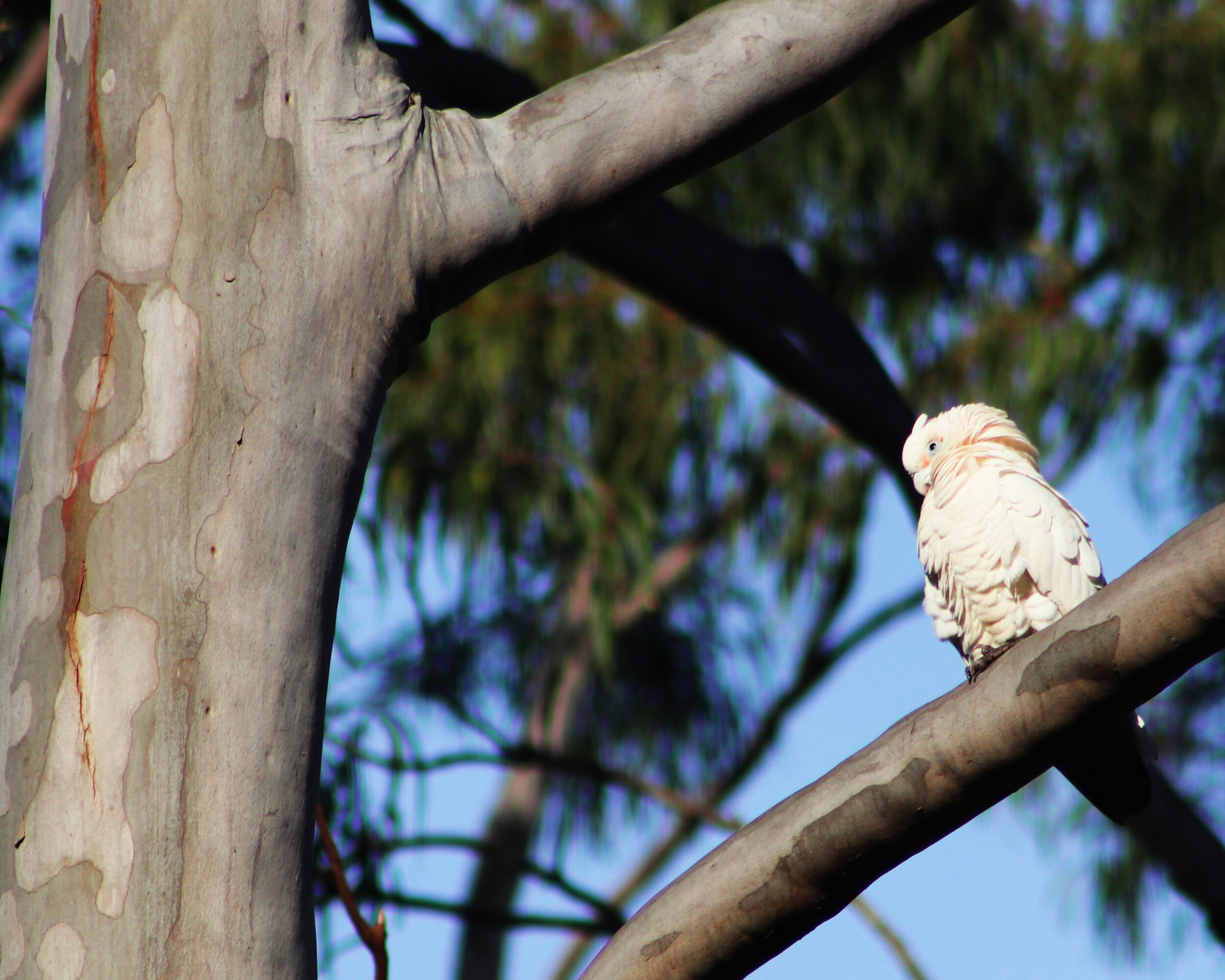

CREATION

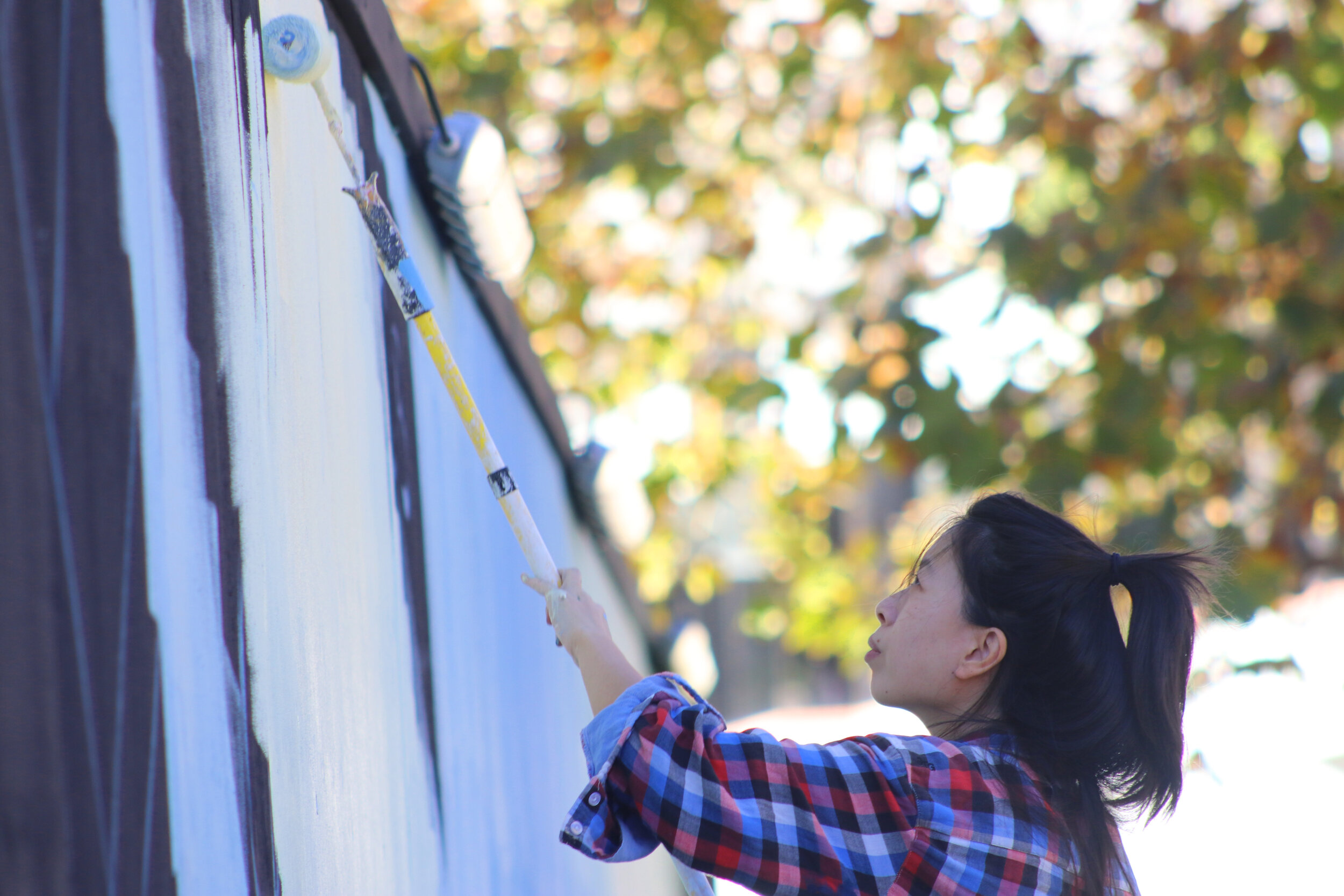




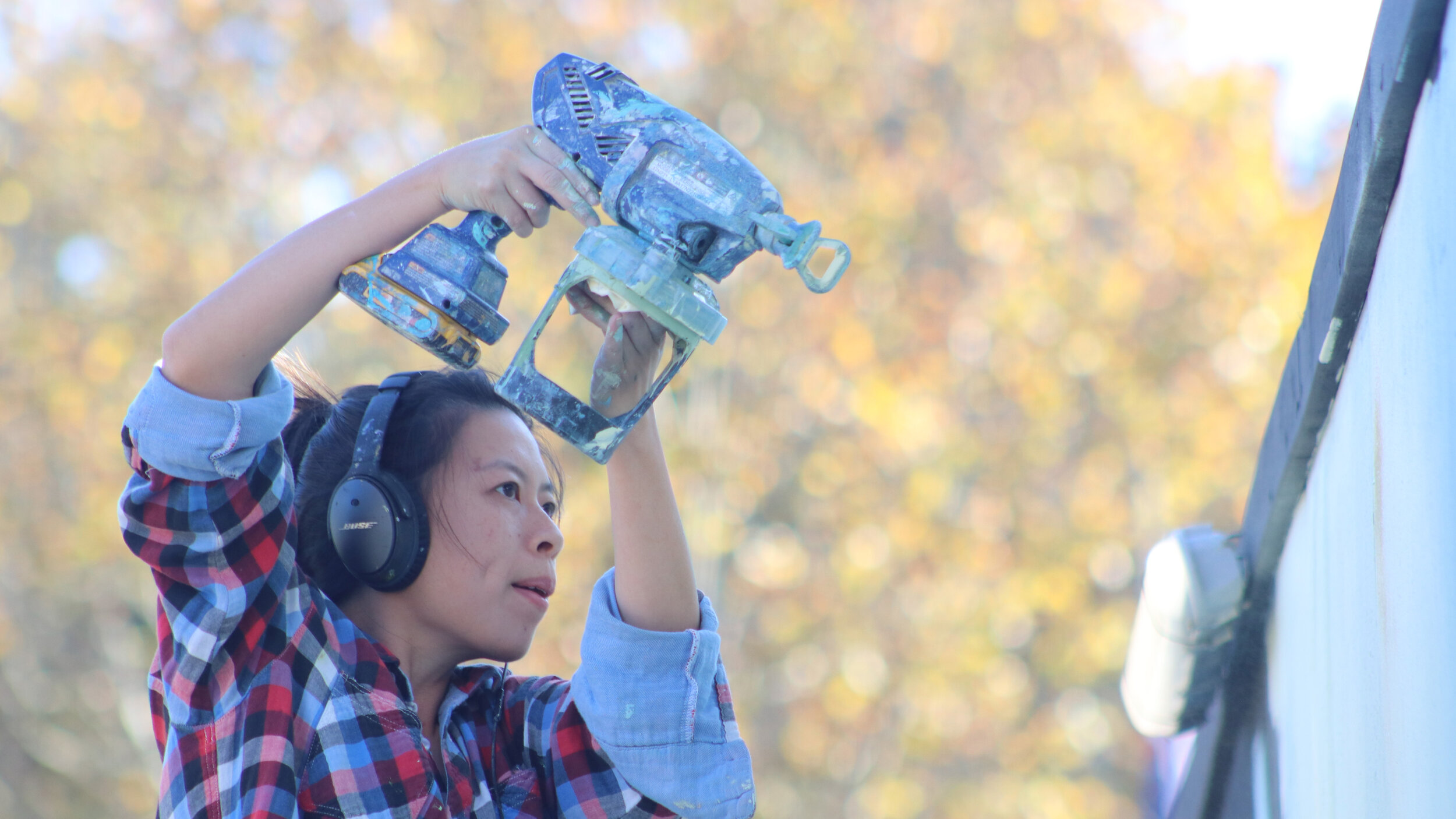



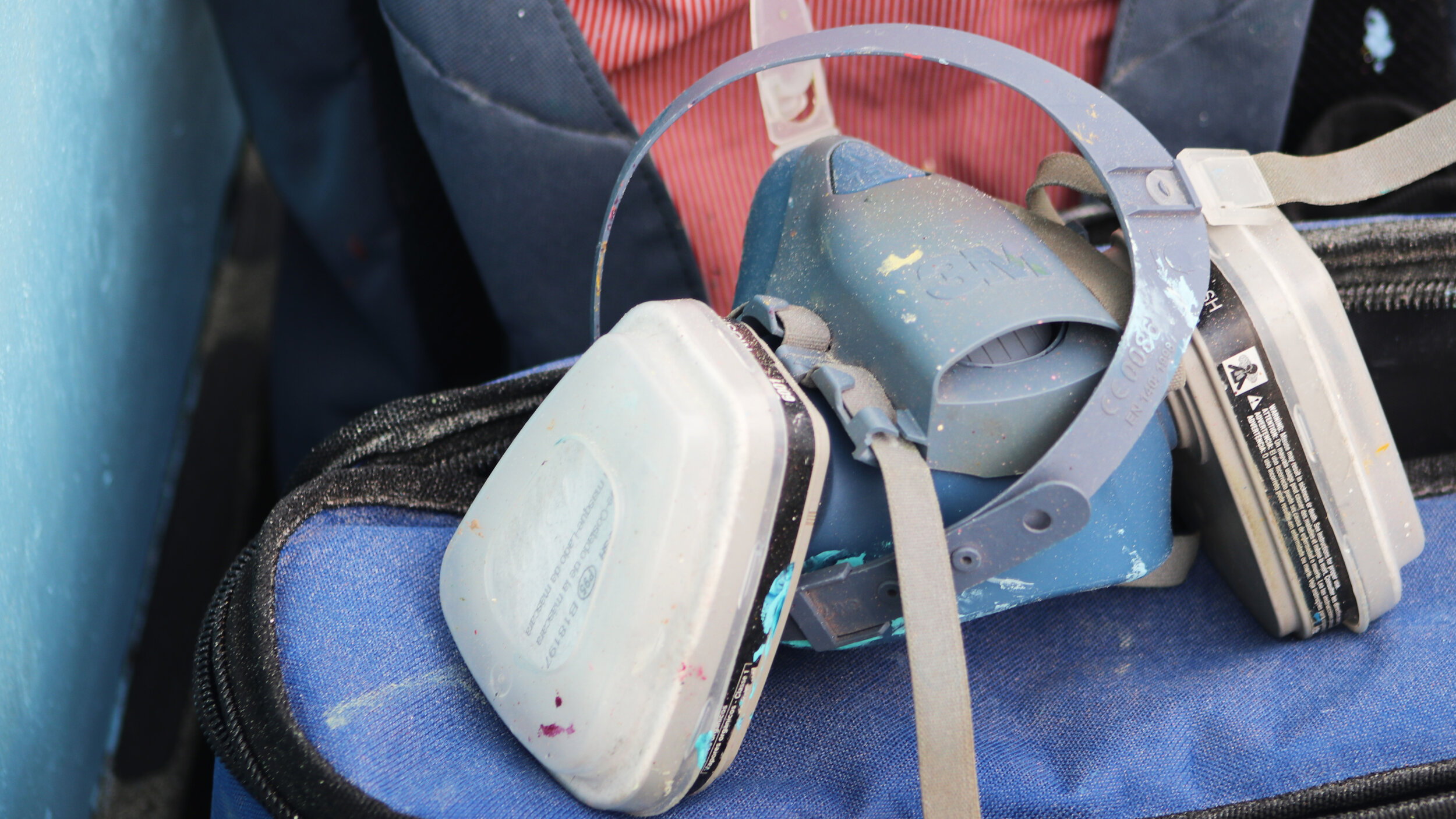








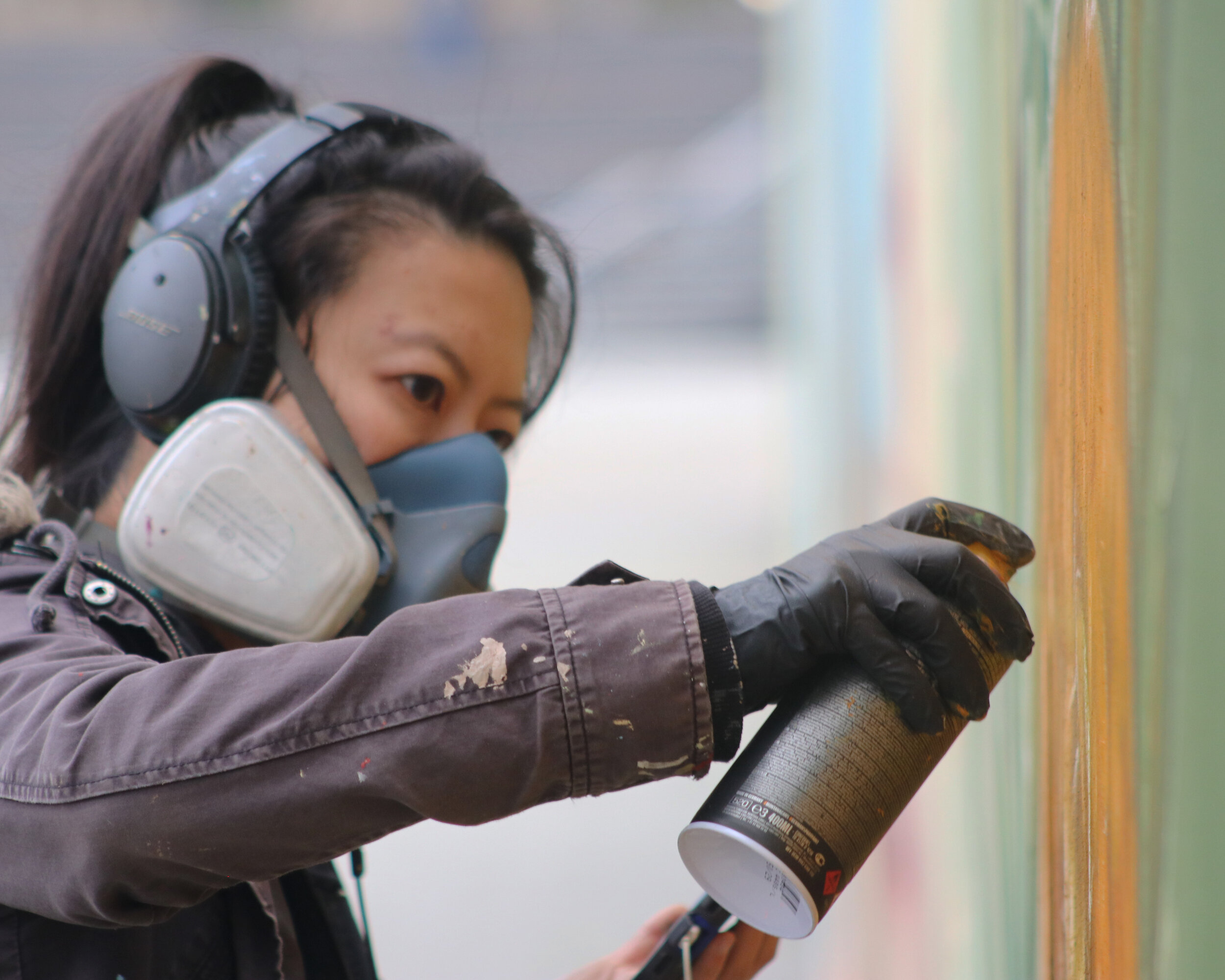














MURAL
MURAL - DETAILS














